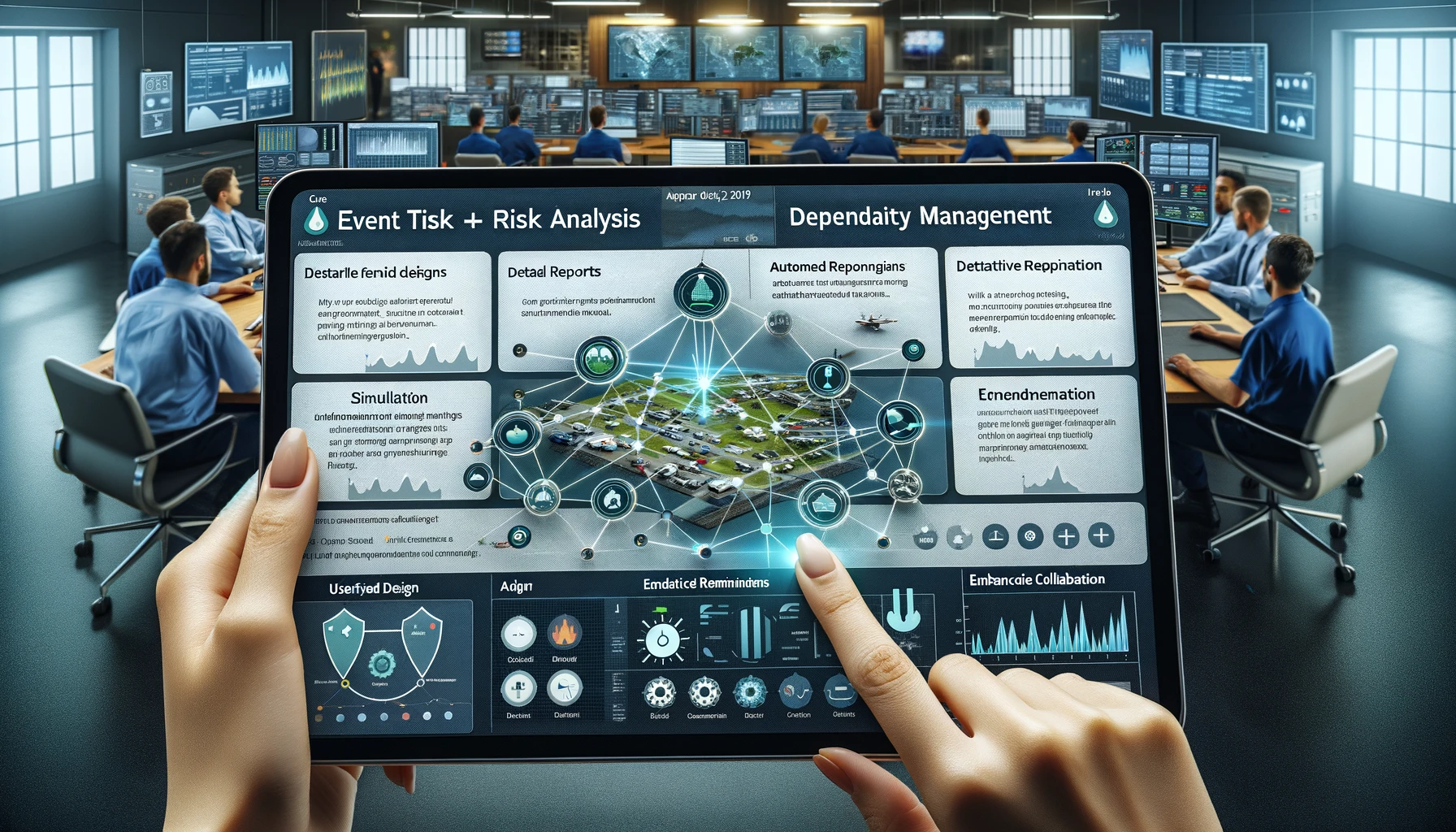Digitalization of Event Analysis
Context
Society frequently faces critical events that require a rapid and efficient response. These events can include emergencies, natural disasters, or other major incidents that involve significant risks and complex dependencies between various involved actors. To manage these situations, there is trained personnel and specialized resources available, but the need for advanced digital tools to optimize the response to such events has been recognized.
Technologies
React.js, .Net, custom PDF/Doc/Docx generators, Figma UX design, LiteSQL, MySQL, .NetCore, Node.js

Challenge
Analysis and implementation services were requested to develop digital solutions that would allow for a better understanding and management of these risks and dependencies. Additionally, there was a need to simulate scenarios to find effective solutions to mitigate potential threats and ensure a rapid and coordinated response in critical situations.
Provided Solution
Analysis and Implementation
The comprehensive analysis and implementation service resulted in the development of two independent applications. These applications were designed to analyze risky events and identify critical dependencies among stakeholders.
Application 1: Risk Analysis
The first application focuses on collecting and analyzing data about events that present risks. It uses advanced data mining and machine learning algorithms to identify patterns and anticipate potential problems. Users can view detailed reports and graphs that highlight major risks and the connections between different actors.
Application 2: Dependency Management
The second application is intended for managing dependencies between involved parties. Through an intuitive interface, users can visualize the dependency network and simulate the effects of changes at a certain point in the network. This helps identify critical points and make informed decisions to reduce risks.
Event Simulation
In addition to the two analysis applications, a simulation application was also developed. This allows users to recreate event scenarios and explore different response strategies. The application uses predictive models to evaluate the effectiveness of proposed solutions and to offer recommendations for threat mitigation.
Key Features of the Simulation Application:
- User-Friendly Interface: Users can easily create and customize scenarios.
- Predictive Models: Simulation algorithms provide precise forecasts on the evolution of events.
- Automated Recommendations: The system suggests optimal solutions based on historical data and simulation results.
- Detailed Reporting: Generates reports summarizing the simulated scenarios and their outcomes.
Results and Benefits
Results and Benefits
The implementation of these applications has brought multiple benefits:
- Improved Visibility: Users now have access to detailed information about risks and dependencies, enabling them to make more informed decisions.
- Increased Efficiency: The applications have automated many of the manual analysis processes, reducing the time required for risk assessment.
- Proactive Planning: Scenario simulations have allowed the identification and testing of threat mitigation solutions before they become critical.
- Enhanced Collaboration: The applications have facilitated better communication and cooperation between various stakeholders due to clear visualization of dependencies and risks.
Conclusions
The digitalization of event analysis has transformed how risks and dependencies are managed. By developing advanced analysis and simulation applications, essential tools have been provided for better management of risky events and for creating effective response strategies. This project underscores the importance of digital innovation in improving organizational risk management capabilities.
